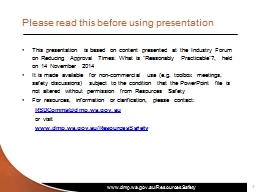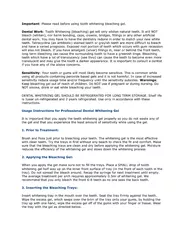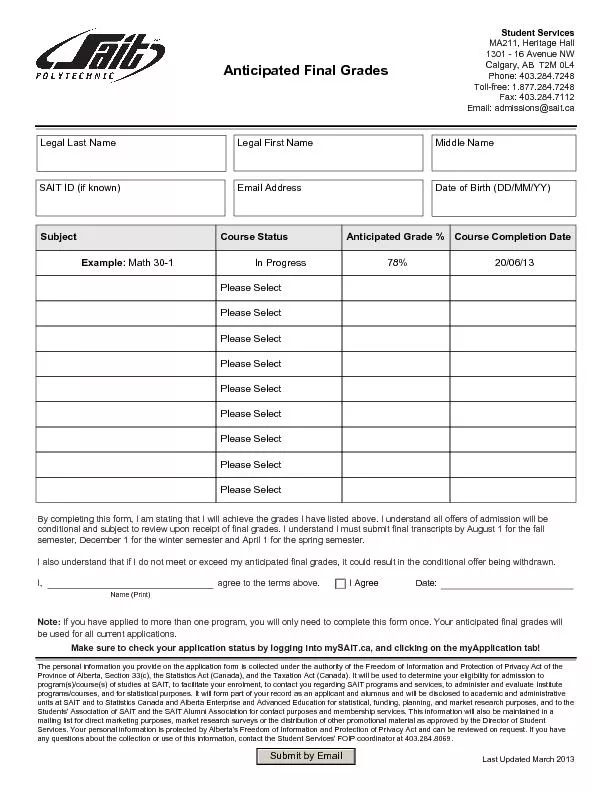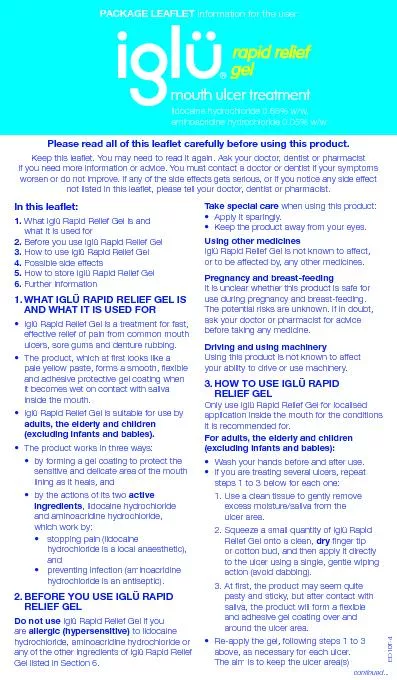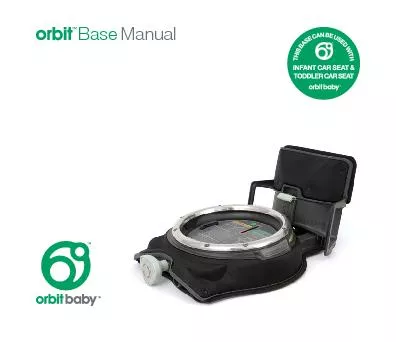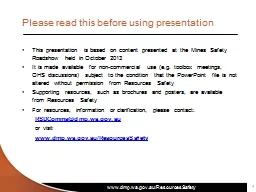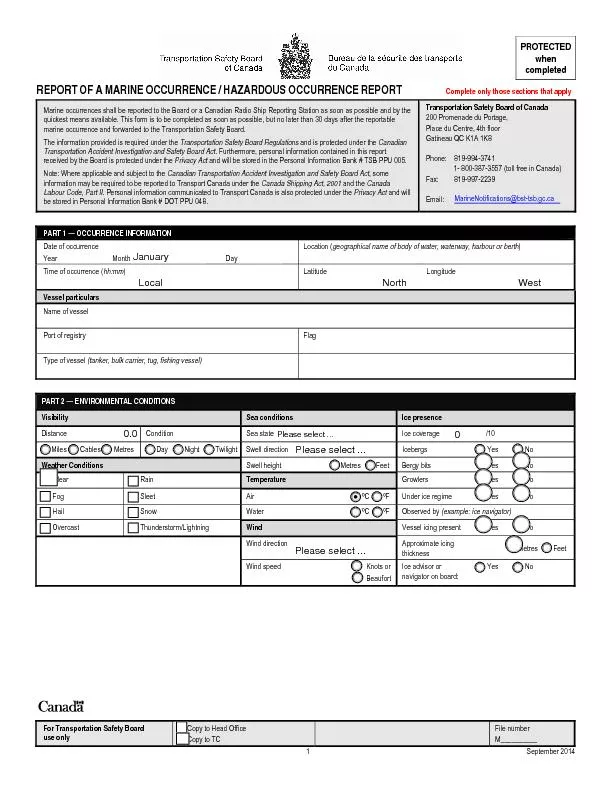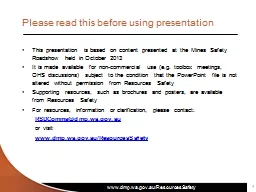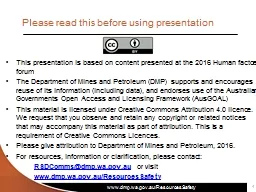PPT-Please read this before using presentation
Author : aaron | Published Date : 2020-04-04
This presentation is based on content presented at the Industry Forum on Reducing Approval Times What is Reasonably Practicable held on 14 November 2014 It is made
Presentation Embed Code
Download Presentation
Download Presentation The PPT/PDF document " Please read this before using presentat..." is the property of its rightful owner. Permission is granted to download and print the materials on this website for personal, non-commercial use only, and to display it on your personal computer provided you do not modify the materials and that you retain all copyright notices contained in the materials. By downloading content from our website, you accept the terms of this agreement.
Please read this before using presentation: Transcript
Download Rules Of Document
" Please read this before using presentation"The content belongs to its owner. You may download and print it for personal use, without modification, and keep all copyright notices. By downloading, you agree to these terms.
Related Documents

